In July 2015, the Ethereum blockchain was launched by Vitalik Buterin and his team of co-founders. With its native cryptocurrency Ether (ETH) and smart contract functionality, Ethereum aimed to become a decentralized world computer that could execute peer-to-peer agreements and applications.
Over the past eight years, Ethereum has cemented itself as the leading smart contract platform, enabling a new wave of decentralized applications across finance, gaming, collectibles and more. It’s also established itself as the second-largest cryptocurrency by market cap, behind only Bitcoin in terms of importance.
To celebrate eight years of Ether, let’s take a walk down memory chain and revisit some of king of altcoins’ major milestones along the way.
The Origins of Ethereum
Ethereum was first proposed in late 2013 by programmer Vitalik Buterin, then just 19 years old. Buterin envisioned it as a blockchain-based computing platform that could execute decentralized applications and smart contracts. It was announced in January 2014 at the North American Bitcoin Conference in Miami.
In 2014, Buterin partnered with other co-founders including Gavin Wood, Jeffrey Wilcke, Charles Hoskinson, and Anthony Di Iorio to start developing Ethereum. The non-profit Ethereum Foundation was created in Switzerland to oversee open-source development. The Genesis block launched and went live on July 30, 2015. At launch, the initial Ether supply was 72 million coins, with an initial price around $0.311 per ETH. Since then, it has become the leading smart contract blockchain platform and the second largest cryptocurrency after Bitcoin.

The ICO Boom of 2017
In 2017, Ethereum became the platform of choice for launching initial coin offerings (ICOs) – a novel way for crypto startups to crowdfund by selling tokens. That year saw over $6 billion raised through ICOs as investors rushed to fund emerging blockchain projects.
However, lack of regulation around ICOs led to many sham offerings, eventually leading to a partial collapse of the ICO market. Nevertheless, Ethereum provided the fundamental infrastructure that enabled the ICO mania and funded many legitimate projects in the space.
The Rise of Decentralized Finance (DeFi)
Starting in 2018, Ethereum became the foundation for the emerging DeFi – an alternative financial system built on blockchain technology and decentralized networks rather than centralized intermediaries.
DeFi protocols like MakerDAO, Aave, Compound and Uniswap utilize Ethereum’s smart contracts to recreate traditional financial instruments like loans, savings accounts and exchanges in a transparent, global and permissionless way.
The growth of DeFi has been astounding, with over $20 billion worth of assets locked into Ethereum DeFi protocols today. DeFi has expanded the utility of Ethereum and showcased the potential of decentralized applications.

NFTs Take Off
In 2017, the ERC-721 standard was proposed as a way to create unique, blockchain-based non-fungible tokens (NFTs) on Ethereum. But NFTs saw mainstream breakout only in 2021, as Ethereum NFT marketplaces like OpenSea, Rarible, and SuperRare hosted multi-million dollar sales of digital art and collectibles.
NFTs represented a new application for Ethereum – helping digital creators monetize their work through scarcity and proof of ownership on the blockchain. While NFTs have received their share of criticism, they undeniably expanded the cryptocurrency’s appeal to new demographics in art, gaming and pop culture.
The Merge: Transition to Proof-of-Stake
In September 2022, Ethereum completed its much-awaited Merge upgrade, transitioning from energy-intensive proof-of-work consensus to the greener and scalable proof-of-stake consensus mechanism.
This monumental technological shift promises to make Ethereum more sustainable and ready for further upgrades like sharding. While the Merge doesn’t automatically reduce gas fees, it lays the foundation for the blockchain to keep pace with its growing adoption.
Looking Ahead: More Use Cases on the Horizon
Ethereum has come a long way from its inception as a “world computer” for decentralized applications. Even as Ethereum faces stiff competition from chains like Solana, there’s still tremendous potential for Ethereum to expand its capabilities.
Here are some emerging use cases that could drive adoption over the next few years:
- Decentralized identity and reputation systems that could replace online accounts, credentials and reduce spam.
- Decentralized data storage networks like Filecoin and Arweave for hosting internet content in a permissionless way.
- Decentralized cloud computing resources that could rival centralized cloud service providers.
- Internet of Things integration for automation and machine-to-machine transactions using oracles.
- Fully decentralized autonomous organizations (DAOs) with transparent governance and operations.
- Tokenization of assets like stocks, bonds, real estate and other contracts to enable fractional ownership and trading on blockchain.
After eight years of growth, Ethereum is no longer an experiment – but a battle-tested smart contract platform with a vibrant ecosystem. As Ethereum continues maturing, its decentralized vision could have profound implications for finance, technology and beyond over the next decade. The true capabilities of Web3 are still just beginning to take shape.
A full eight years later, #Ethereum is up over 598,000% from its ICO launch price of $0.31 per ETH pic.twitter.com/N0zvzWDXWl
— Tony “The Bull” (@tonythebullBTC) July 31, 2023

You can get bonuses upto $100 FREE BONUS when you:
💰 Install these recommended apps:
💲 SocialGood - 100% Crypto Back on Everyday Shopping
💲 xPortal - The DeFi For The Next Billion
💲 CryptoTab Browser - Lightweight, fast, and ready to mine!
💰 Register on these recommended exchanges:
🟡 Binance🟡 Bitfinex🟡 Bitmart🟡 Bittrex🟡 Bitget
🟡 CoinEx🟡 Crypto.com🟡 Gate.io🟡 Huobi🟡 Kucoin.


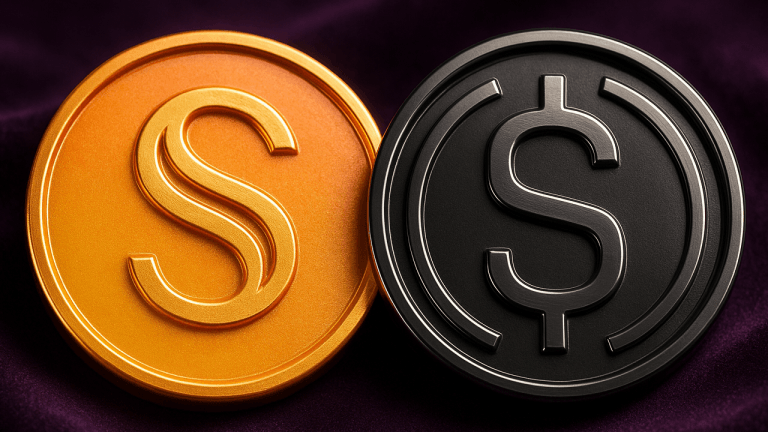


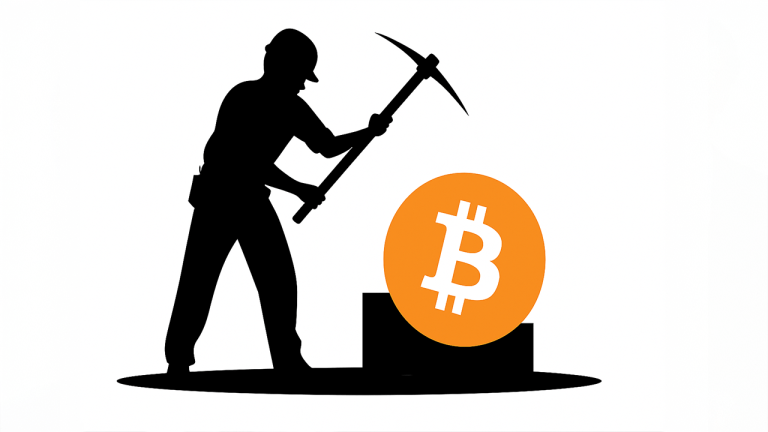


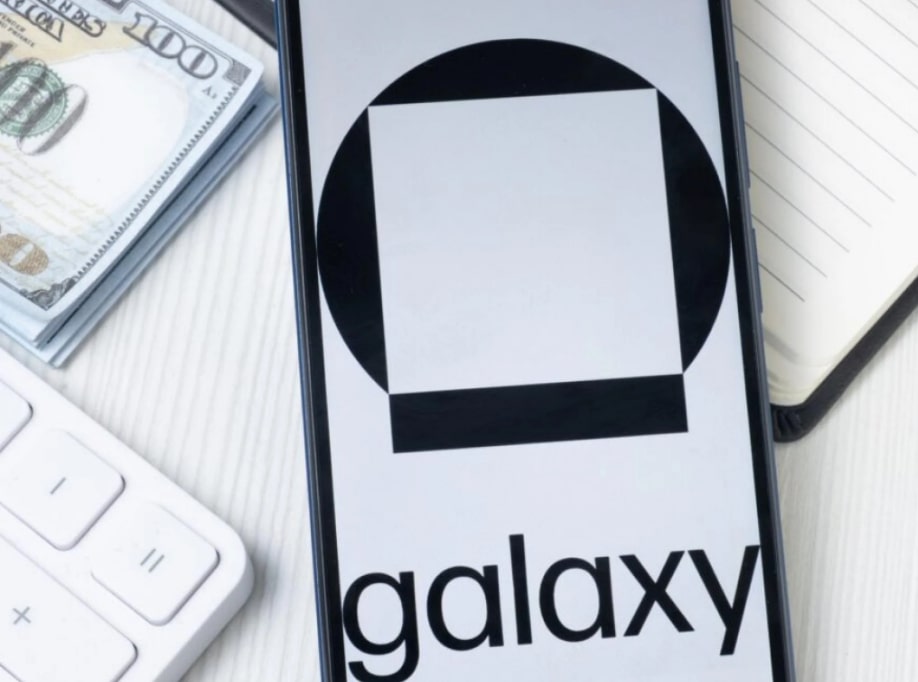
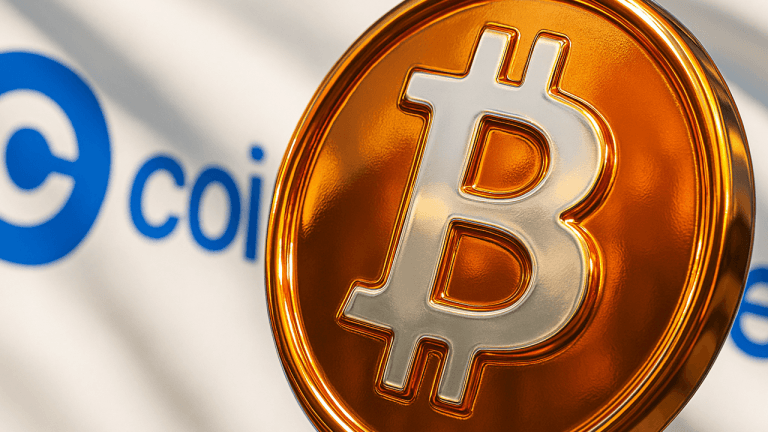




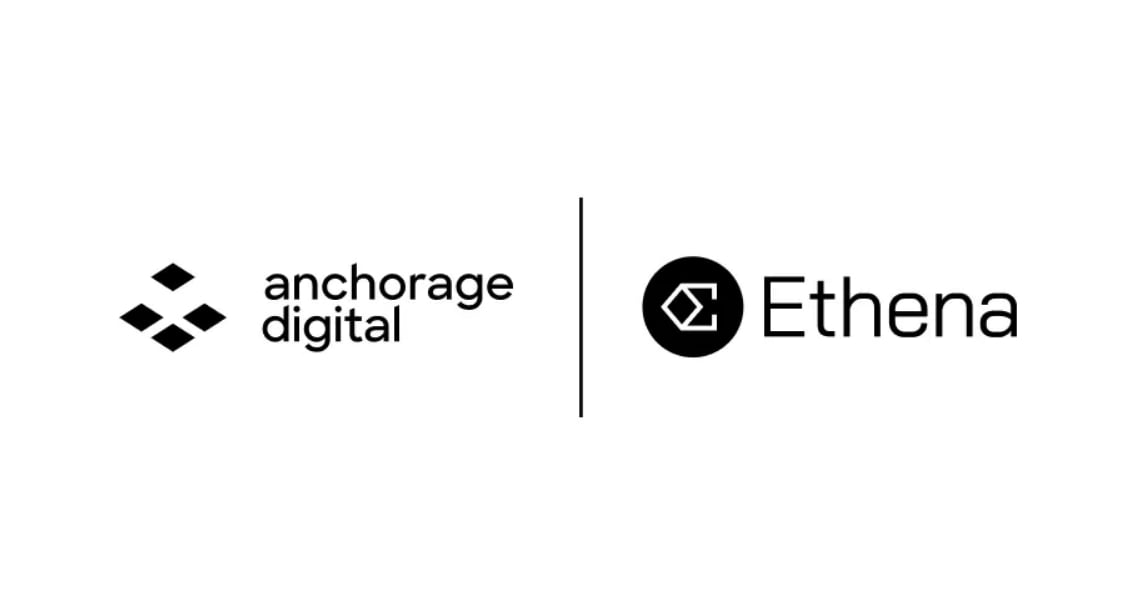


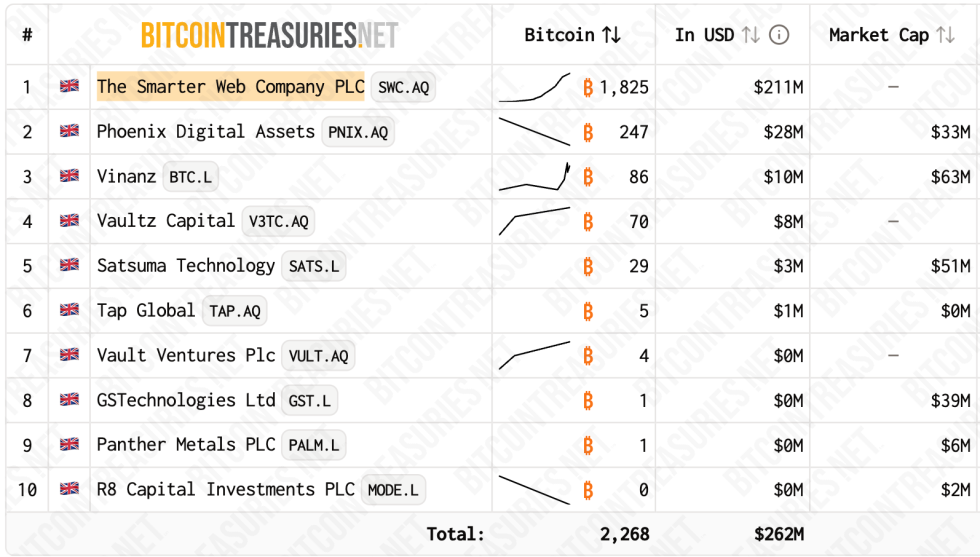
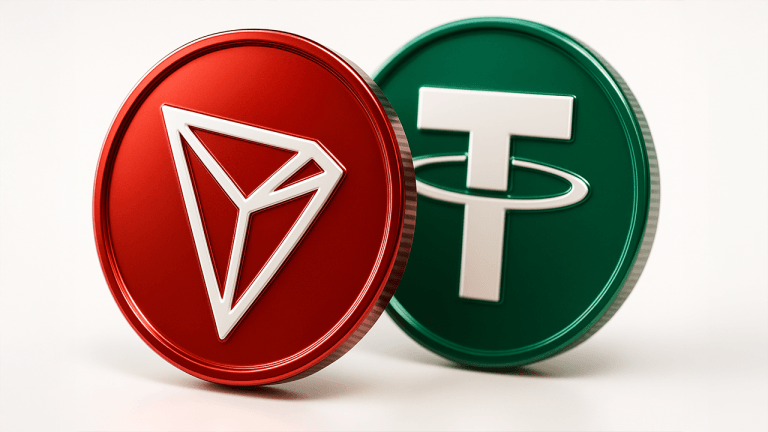
Comments